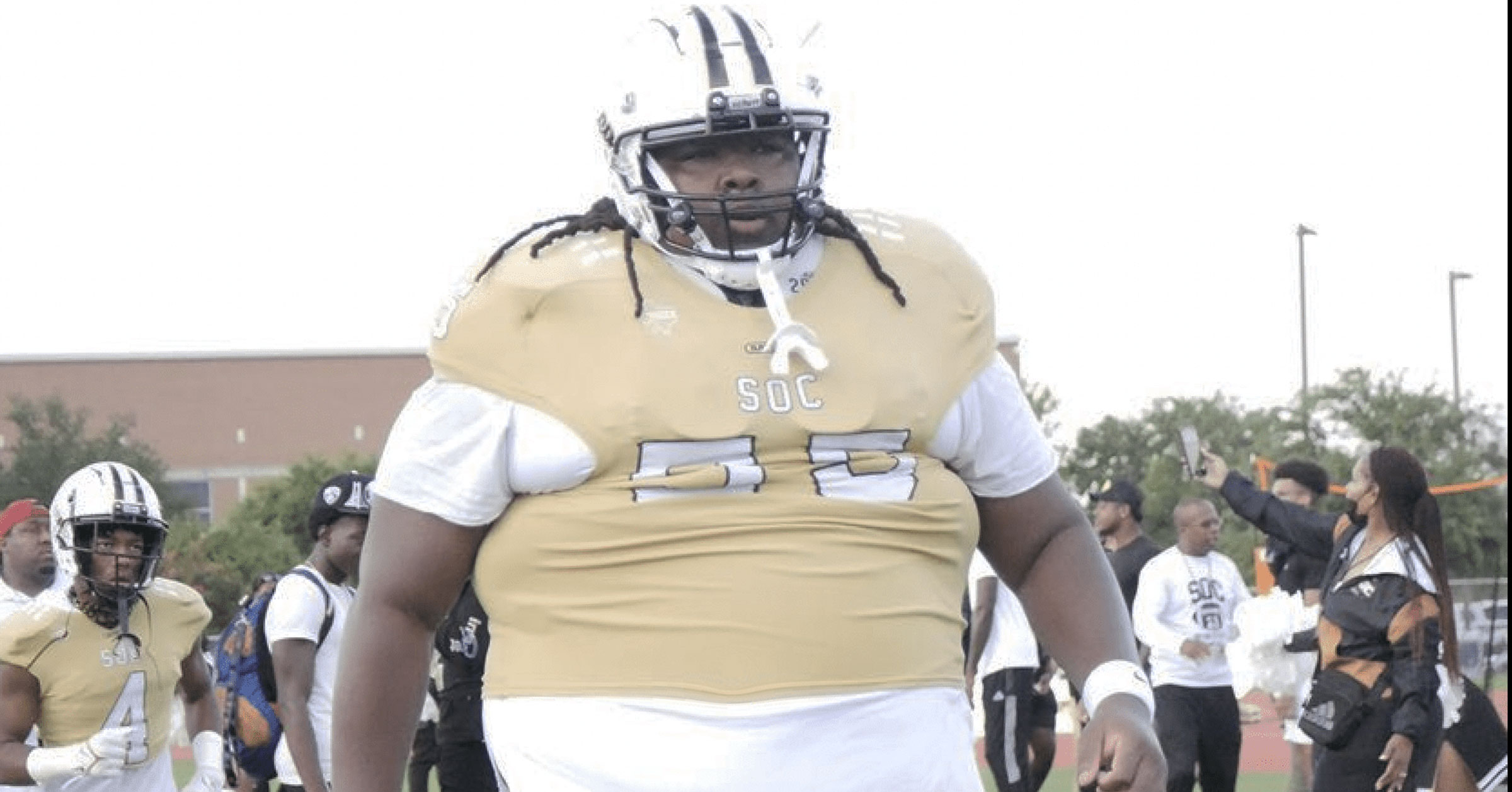Big Chief Get Divorced: Unpacking A Major Organizational Shift
There's a buzz going around, a whisper about a significant change, and it's something that really makes you think about how big organizations evolve. The phrase "big chief get divorced" might sound a bit startling at first, especially when we think of a powerful entity like Big. But when we consider the journey Big has been on, growing organically over the last two decades from a founder's vision to a vast force of 700 individuals, it becomes clear that such a monumental transformation could, in a way, feel like a profound separation from its past self.
You know, sometimes, for an organization to truly step into its next phase, it needs to shed old skins, perhaps even part ways with certain aspects of its earlier identity. This kind of "divorce" isn't about personal relationships, not really, but more about a strategic parting of ways with older structures or foundational ideas that, while once essential, might now hold back future growth. It's about the very essence of Big, its "Big Chief" spirit, undergoing a deep, meaningful re-alignment.
Our latest transformation, the "big leap," as it's been called, suggests just such a pivotal moment. It's a moment when the core identity, the "Big Chief" of this remarkable group, makes a decisive move to redefine itself. So, let's take a closer look at what this organizational "divorce" might mean for a group that has so consistently pushed boundaries in landscape, engineering, architecture, planning, and products, you know?
Table of Contents
- The Life Story of Big: The Evolving Chief
- The Big Leap: A Strategic Separation
- Sheela's Influence on the Transformation
- New Directions and Mindfulness City
- Designing for People and Purpose
- The Impact of Organizational Shifts
- Frequently Asked Questions About Big's Evolution
- Looking Ahead After the Organizational Split
The Life Story of Big: The Evolving Chief
Every great story has a beginning, and Big's is rather compelling, isn't it? It started with a founder's dream, a singular vision that began to attract others, growing into what could be described as a family. Over two decades, this family expanded, gaining strength and numbers, truly becoming a force, reaching an impressive 700 people. This organic growth is a testament to the core principles that have always guided the "Big Chief" spirit of the organization.
The journey has involved many phases, each one building on the last, yet also requiring a certain letting go of previous ways of working. It's almost like a living entity, constantly shedding older cells to make room for new ones, which is a bit like a subtle "divorce" from its past self at each stage. This continuous evolution is what keeps Big at the forefront of design and innovation, you see.
Big's Organizational Biography
Let's look at the key milestones in the "life" of Big, the organization itself, as it has grown and transformed, much like a person maturing and making significant life changes. This isn't about a person's personal details, but rather the story of an entity's strategic separations and re-births.
- Who Is Zhong Shanshan And How Did He Become The Sixth Richest Person In The World Practically Overnight
- James Williamson Net Worth
| Aspect | Details of Big's Evolution |
|---|---|
| Founding Spirit | Began with a founder's vision (Bjarke Ingels' Danish roots). |
| Early Growth | Grew organically from a founder to a "family." |
| Current Scale | Transformed into a "force of 700." |
| Key Transformation Period | Since joining in 2008, Sheela, as Chief Financial Officer, oversaw significant development and strategic priorities. |
| Major Strategic Shift | The "big leap" represents the latest transformation, a strategic "divorce" from past operational norms. |
| Current Focus Areas | Landscape, engineering, architecture, planning, and products. |
| Notable Projects (Post-Shift) | 'Mindfulness City' in Bhutan, Henning G. Kruses Plads, Ellsinore Psychiatric Hospital design. |
The Big Leap: A Strategic Separation
The phrase "big leap" really captures the essence of this organizational "divorce," doesn't it? It's not just a small step or a minor adjustment; it signifies a monumental shift, a deliberate separation from old ways of doing things to embrace new possibilities. For an entity like Big, which has such a rich history and established methods, making such a leap requires immense courage and foresight. It means consciously choosing to move away from what was comfortable or familiar, even if it was successful.
This kind of strategic separation can involve many things: perhaps a restructuring of internal teams, a re-evaluation of project priorities, or even a re-imagining of their core mission. It's about refining who they are and what they aim to achieve, almost like an entity deciding to redefine its relationship with the world. This "divorce" from its former self allows for a fresh start, a renewed focus on what truly matters for the future. It's quite a fascinating process, actually.
Sheela's Influence on the Transformation
A significant part of Big's transformation, this strategic "divorce" from its earlier form, has been guided by key leadership. Since joining Big in 2008 as Chief Financial Officer, Sheela has played a truly central role. She oversaw the development of the organization and its strategic priorities, which is a rather big job. Her efforts have been instrumental in transforming Big from Bjarke Ingels’ Danish origins into the expansive force it is today.
Her leadership suggests a steady hand in guiding the "Big Chief" through this period of significant change. It's a process that requires not just financial oversight but a deep understanding of the organization's potential and how to help it evolve while staying true to its core values. Sheela's work is a clear example of how strategic vision can help an organization navigate what might feel like a "divorce" from its past, leading it to a stronger, more defined future. It's rather inspiring, you know.
New Directions and Mindfulness City
The outcomes of this organizational "divorce" are already quite visible in the exciting new directions Big is taking. Consider the 'Mindfulness City' masterplan located in the town of Gelephu in southern Bhutan. This 1000+ km2 project, developed by Big, Arup, and Cistri, is a prime example of their refined approach. It's informed by Bhutanese culture and the principles of Gross National Happiness, which is a very thoughtful approach.
This project, among others, showcases a deeper commitment to sustainability and culturally sensitive design. It's as if the "Big Chief" has, through its strategic separation, become even more attuned to global needs and unique cultural contexts. The aim was to amplify Treehotel’s focus on sustainability and natural tourism, and create a resilient design in a region with strong seasonal climatic contrasts, which is a really complex challenge. Projects like this indicate a clear, new path for the organization.
Designing for People and Purpose
The shift, or "divorce" from older, perhaps more generalized, approaches, has allowed Big to focus even more intensely on human-centric design. The new city square, Henning G. Kruses Plads, designed by Big Landscape, is the latest example of creating a more lively public realm in Denmark’s fifth largest city. This project really highlights their dedication to improving daily life through thoughtful design.
Another compelling instance is their work on the new Ellsinore psychiatric hospital. Before designing, Big dove into the programmatic requirements and needs of the client, as well as the daily users of the clinic—its staff and patients. This deep empathy and commitment to understanding the actual people who will use their spaces is a hallmark of the "Big Chief's" evolved approach, demonstrating a profound purpose beyond just structures. It shows a very human touch, too.
The Impact of Organizational Shifts
When a major entity like Big undergoes what we're calling an organizational "divorce," the ripple effects are considerable. It's not just about internal changes; it shapes how they interact with clients, how new projects are approached, and even the kinds of challenges they choose to tackle. A shift of this magnitude, the "big leap," means that their capacity to innovate and respond to complex global issues is likely to be stronger and more focused.
This kind of transformation allows for a renewed sense of purpose and a clearer strategic direction. It helps the entire "force of 700" align around common goals, which is something that can be incredibly powerful. The focus on resilient design, cultural sensitivity, and user-centric solutions becomes even more pronounced when the organization has, in a sense, streamlined its identity through this strategic separation. It's rather exciting to think about the possibilities.
Frequently Asked Questions About Big's Evolution
People often have questions when a large, influential organization like Big goes through such a significant transformation. Here are some common thoughts that might come up about what we're calling the "big chief get divorced" phenomenon in an organizational sense.
Q: What exactly does "big chief get divorced" mean for an organization like Big?
A: It refers to a major organizational transformation or strategic separation, rather than a personal event. It signifies a profound shift in identity, operational methods, or strategic focus, where the "Big Chief" (the core identity or guiding spirit of Big) parts ways with older structures or approaches to embrace a new direction. It's about evolving beyond its original form, you know.
Q: How does this transformation affect Big's ongoing projects and future plans?
A: This kind of "divorce" from past operational norms allows Big to refine its approach, leading to projects like 'Mindfulness City' that are deeply informed by culture and sustainability. It means a more focused and possibly more impactful approach to new endeavors, ensuring their designs are resilient and deeply connected to human needs. It helps them aim for even bigger goals, too.
Q: What role did leadership play in this "big leap"?
A: Leadership, particularly Sheela as Chief Financial Officer since 2008, played a crucial role in overseeing the development and strategic priorities that led to this transformation. Their guidance helped Big evolve from its founder's initial vision into the diverse, global force it is today, navigating the complexities of growth and strategic re-alignment. It really shows how important good leadership is, doesn't it?
Looking Ahead After the Organizational Split
The concept of "big chief get divorced" as an organizational metaphor points to a future where Big continues to redefine what's possible in design and planning. This kind of strategic separation from its past self isn't an ending; it's a powerful new beginning. It frees the organization to pursue even more ambitious and impactful projects, pushing the boundaries of what architecture and design can achieve for communities and the planet. It's a rather exciting prospect, actually.
The focus remains on creating lively public realms, resilient designs, and spaces that genuinely understand and serve their users. The journey from a founder's idea to a global force of 700, marked by significant "leaps" and transformations, suggests a continuous commitment to growth and purposeful change. This "divorce" from their original form simply means they're ready for the next big thing, and perhaps even bigger challenges. You can learn more about transformative urban projects that shape our world.
To understand more about how organizations like Big adapt and grow, you can learn more about organizational evolution on our site, and for insights into their specific projects, link to this page here. It's quite a story of adaptation and foresight.
- Snap Cofounders Plan Sell 512m Shares Stock
- Michael Jordan Debuts As A Nascar Owner And Donates 10 Million To Build Health Clinics For The Uninsured

Big Summary, Latest News, Trailer, Cast, Where to Watch and More

Big | Rotten Tomatoes

6'5" 455-Pound TCU Freshman Lineman Named 'Big Bubba Brooks' Going